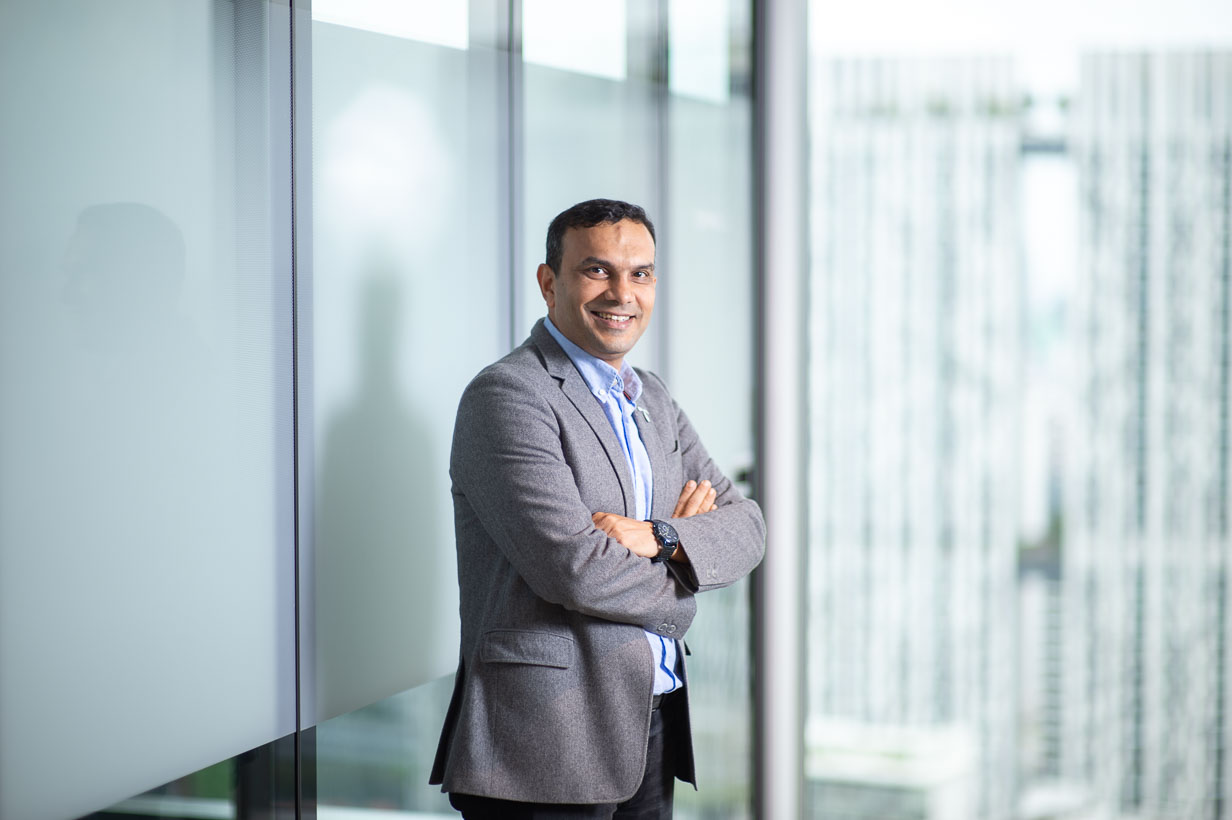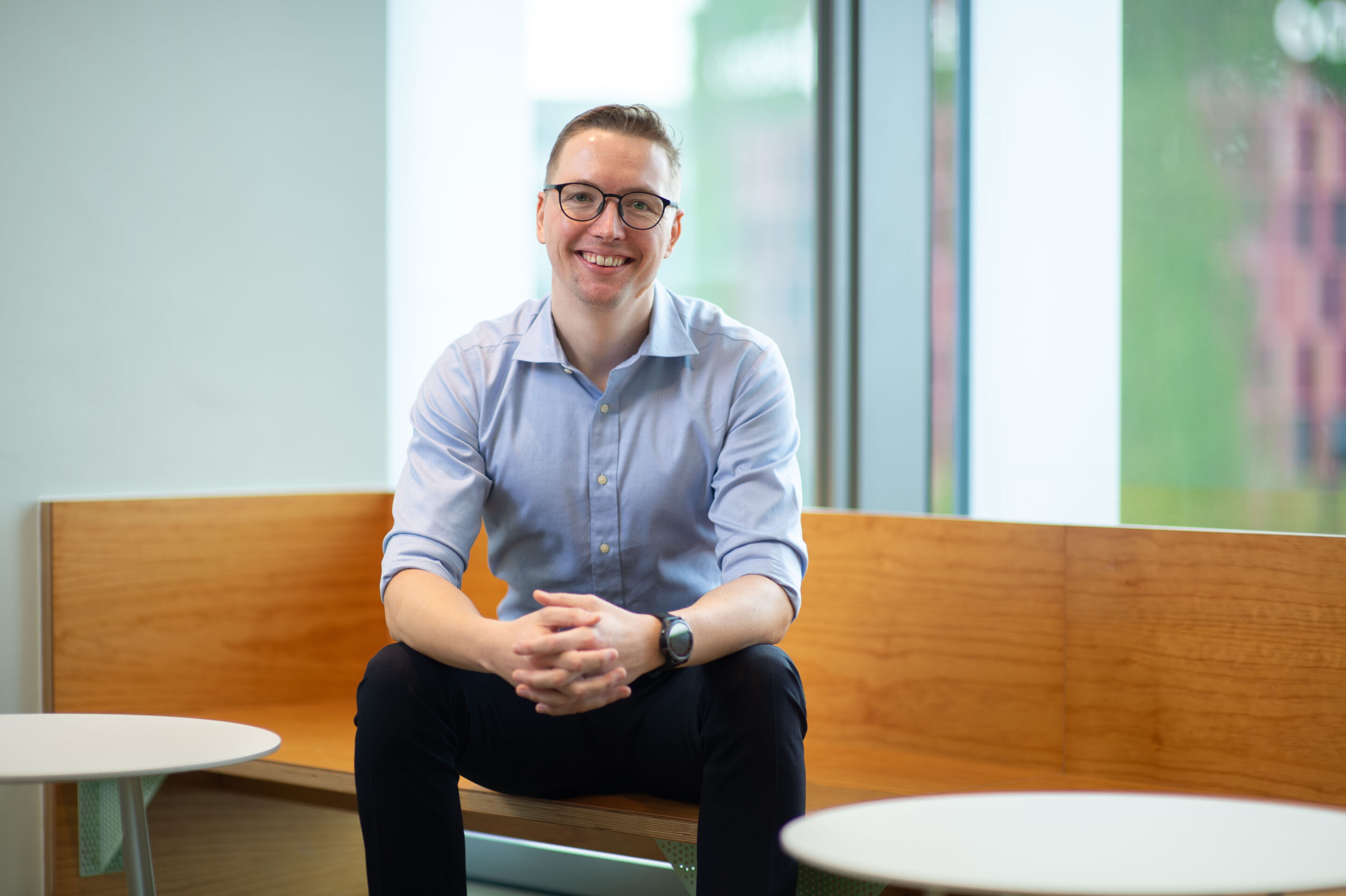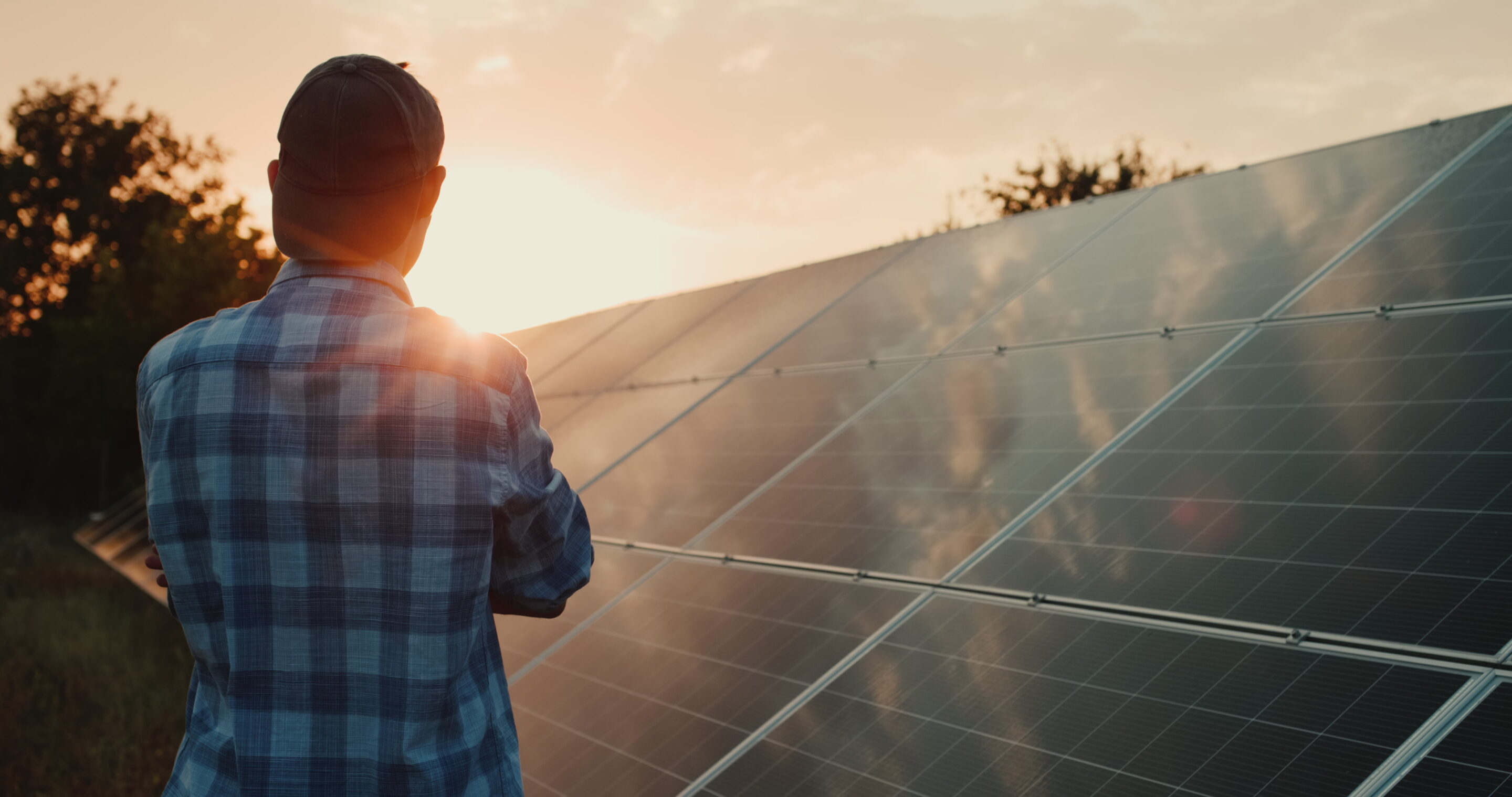Energy challenge from Asia’s fast-rising data usage calls for new thinking, says Telenor Asia’s head of tech
Energy challenge from Asia’s fast-rising data usage calls for new thinking, says Telenor Asia’s head of tech

In Asia, mobile data usage doubles every two to three years. And Telenor Asia’s Digital Lives Decoded 2023 report shows 70% of people in the region expect their usage to continue growing. At the same time, the impact of climate change is tragically apparent in the region, with record heatwaves and flooding.
These extreme weather events highlight the need for every industry to reduce their greenhouse gas emissions. Telcos, which are responsible for 1.6% of total global CO2 emissions, are no exception. But with the need for mobile connectivity increasing so rapidly, how can the industry reduce emissions whilst providing critical services?
“By reinventing how telcos operate”, says Telenor Asia’s Head of Technology, Shanshil Ahmed Shibly.
“We can’t compromise on quality of service. Mobile connectivity is at the core of the digital agendas of the countries we have operations in: Bangladesh, Pakistan, Malaysia and Thailand. In our South Asian markets data usage is growing by 40 to 60% a year, while in our Southeast Asian markets it is growing by about 20% a year,” says Shibly. “At the same time, we are committed to operating greener networks.”

Johan Martin Seland, Head of Sustainability at Telenor Asia sums up the main ways Telenor is working towards greener networks in Asia.
“We have an ambitious target to reduce our emissions by 50% in Asia and there is no escaping that the most material way to do this is by ensuring that the energy powering our networks is renewable,” he says. “So, we purchase renewable energy where we can, swap diesel generators for solar battery solutions, and work towards making our networks run as efficiently as possible.”
Corporate power purchasing agreements (PPAs) for renewables are a critical piece of the puzzle as they can unlock green energy investment and demand from the private sector. Unfortunately such PPAs are not widely available in most of our markets, which means there is still much to be done to advocate for better policy frameworks in Asia for access to greener energy and other longer-term solutions. There is also a scarcity of renewable energy generation, which makes these agreements even harder to source.

Solar energy also brings benefits. In addition to using clean, renewable energy, network towers running on their own solar panels and batteries are more resilient in the event of power outages.
All four of Telenor Asia’s operating companies in Bangladesh, Pakistan, Malaysia, and Thailand have been rolling out solar-powered sites for some years now. But it will take more than solar power for Telenor Asia to reach its target of 50 percent reduction of its operating companies’ carbon emissions by 2030 (from a 2019 baseline).
The last part of the solution, Shibly explains, is to dramatically increase the efficiency of Telenor Asia’s networks. In his position as Head of Technology for the region, he leverages the scale of an organisation whose operating companies have over 200 million customers, and whose connection to Telenor Group provides access to cutting-edge research from advanced markets in the Nordics.
“Our energy use per gigabyte has decreased in the past few years, despite mobile data traffic doubling. We were able to do that thanks to Telenor Asia’s regional scale and unique competencies. We have been very good at modernising our infrastructure, rolling out new AI tools, testing out new proofs of concept, and innovating with global vendors,” he explains.
“This is the future,” he says. “Most people and SMEs want very simple tools. If we can address their pain points with solutions that integrate connectivity and services, we can help them on their own journeys to living greener lives.”
Shanshil Ahmed Shibly, Telenor Asia’s Head of Technology
Globally Telenor advocates for more “green cooperation” across the telecoms industry and beyond. We have also set targets (under Scope 3 of the science-based target initiative) aimed at our suppliers. Specifically, the target is that 68% of suppliers (by spend) need to set their own science-based targets by 2025. We also encourage our peers, other companies with large purchasing power and not at least public sector to consider setting similar requirements.
“Partners will continue to be a big part of the energy efficiency strategy. And we are attractive to them because of our portfolio of local telco champions. This allows us to closely collaborate with them and constantly improve the efficiency of their systems,” says Shibly. “When we find a solution that works in one market, Telenor Asia can facilitate learning and adoption across the region.”
Modernising legacy networks can reduce energy consumption by 25-30%. And Shibly indicates that Telenor is also developing AI solutions that can achieve further reductions by better anticipating usage.

“Telenor’s analytics team is using AI and machine learning to anticipate the network usage at a particular site and adjust the energy consumption there accordingly,” he says.
Find out more about how Telenor is fighting rising carbon emissions here
“Partners will continue to be a big part of the energy efficiency strategy. And we are attractive to them because of our portfolio of local telco champions. This allows us to closely collaborate with them and constantly improve the efficiency of their systems,” says Shibly. “When we find a solution that works in one market, Telenor Asia can facilitate learning and adoption across the region.”
Modernising legacy networks can reduce energy consumption by 25-30%. And Shibly indicates that Telenor is also developing AI solutions that can achieve further reductions by better anticipating usage.
“Telenor’s analytics team is using AI and machine learning to anticipate the network usage at a particular site and adjust the energy consumption there accordingly,” he says.
Read more about how Telenor is using AI to green its networks
In addition to working as an industry to speed up the green transition, telcos can also help people and businesses transition to a low emission future. New technologies and the accelerating digitalisation of society coupled with increased connectivity, smart solutions and IoT can ensure a greener and smarter future for all.
Shibly confirms this, pointing out that as Telcos evolve and technology advances there are exciting opportunities from the services that companies like Telenor provide. He says this is where mobile connectivity can go from reducing its own carbon footprint to enabling others to reduce their own.
“This is the future,” he says. “Most people and SMEs want very simple tools. If we can address their pain points with solutions that integrate connectivity and services, and everyone recognise that they have a role to play, we can help them on their own journeys to living greener lives.”

